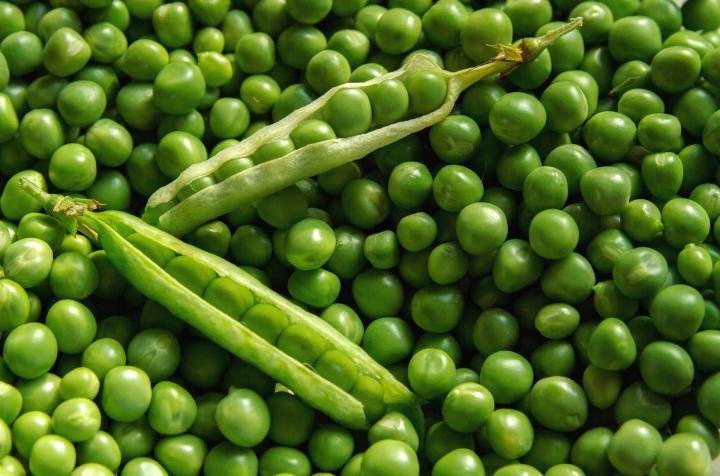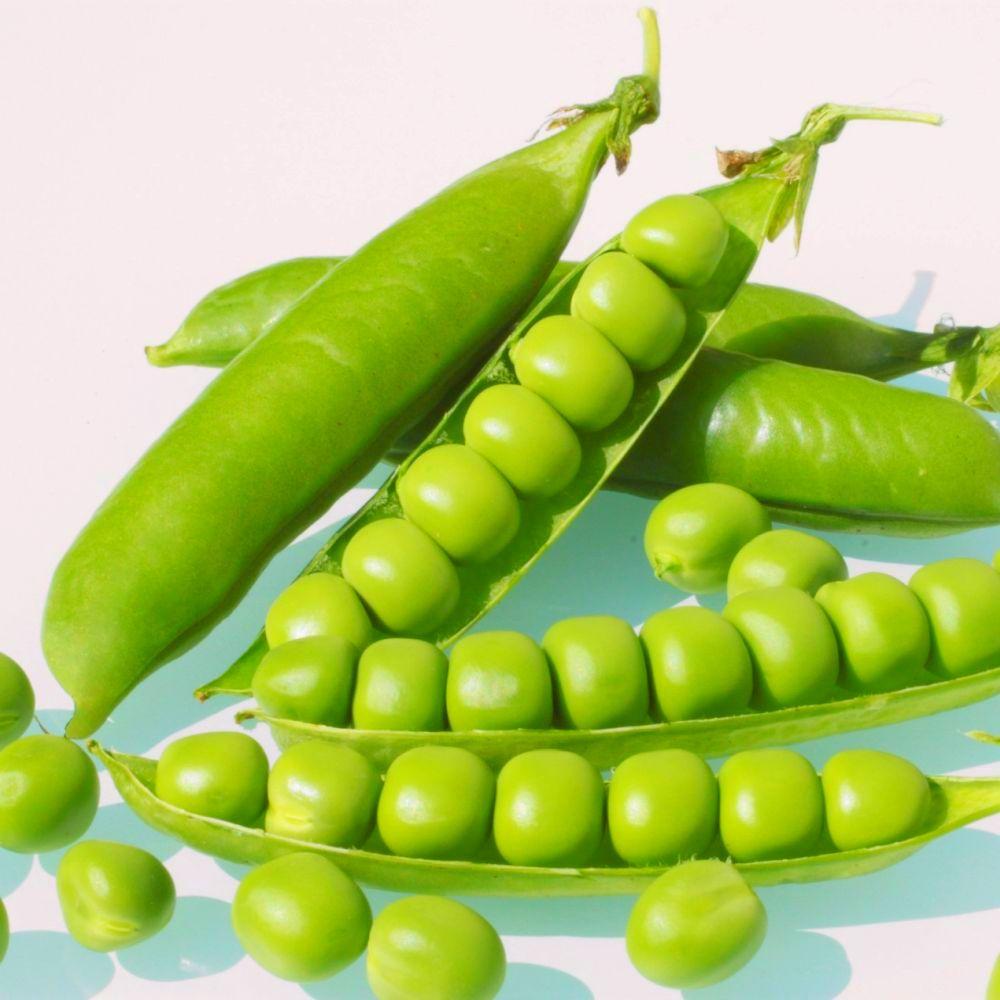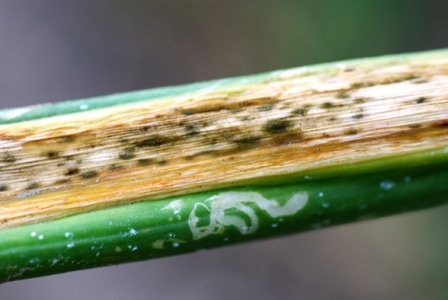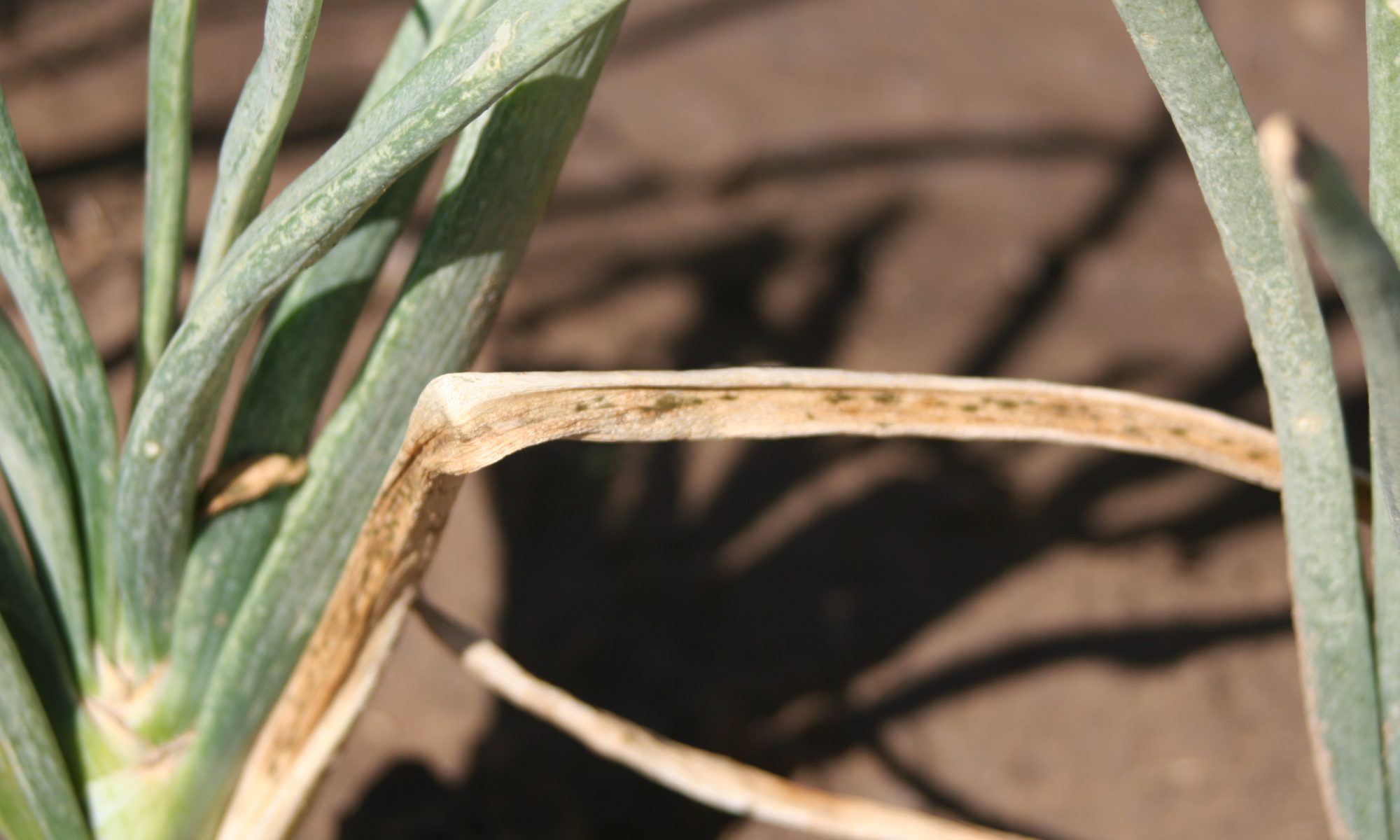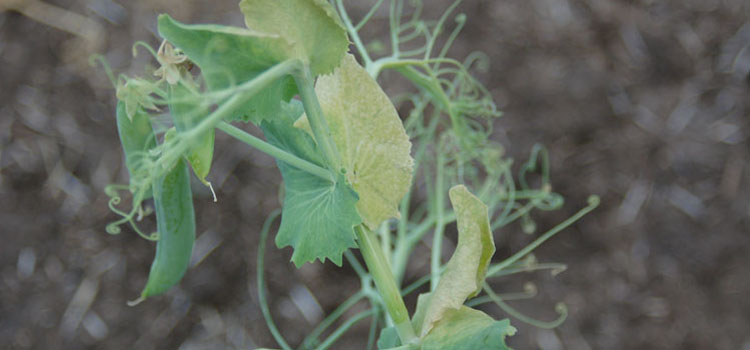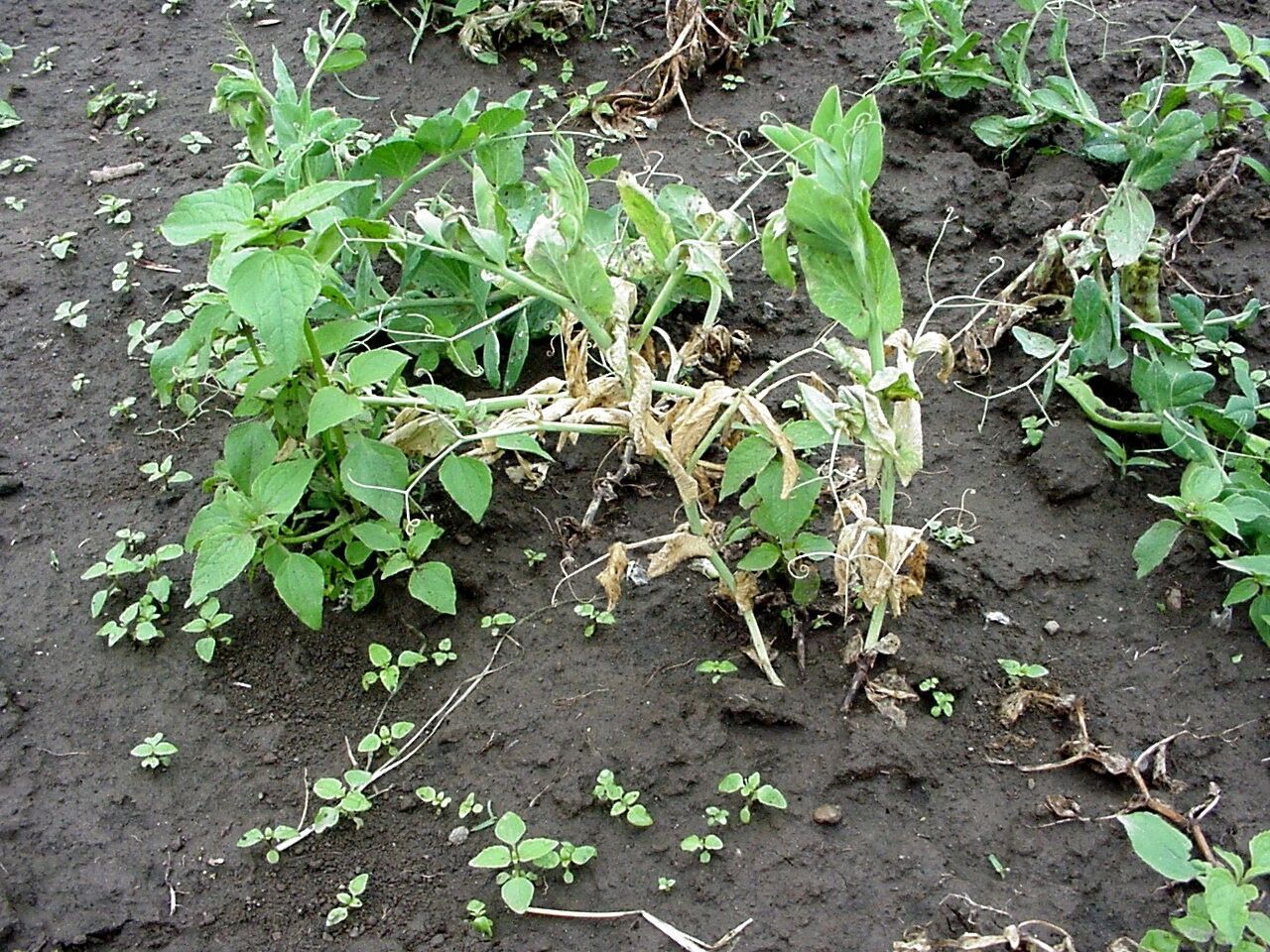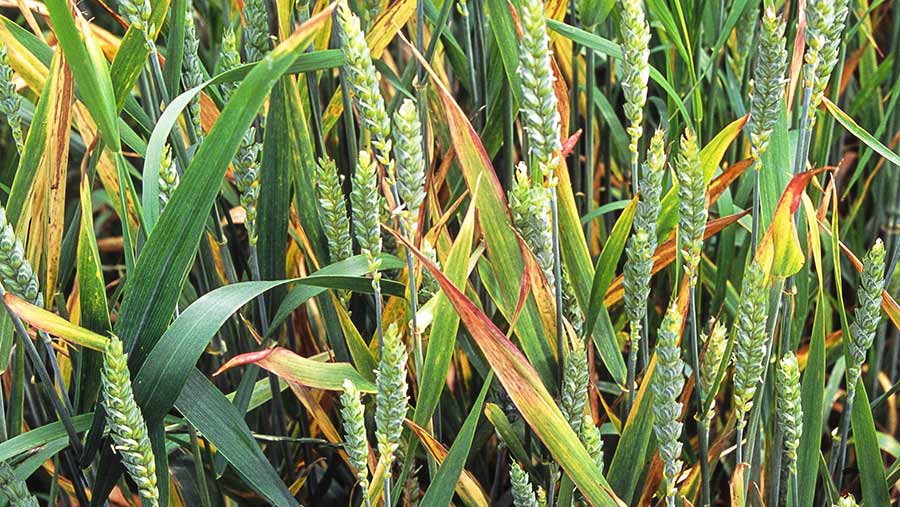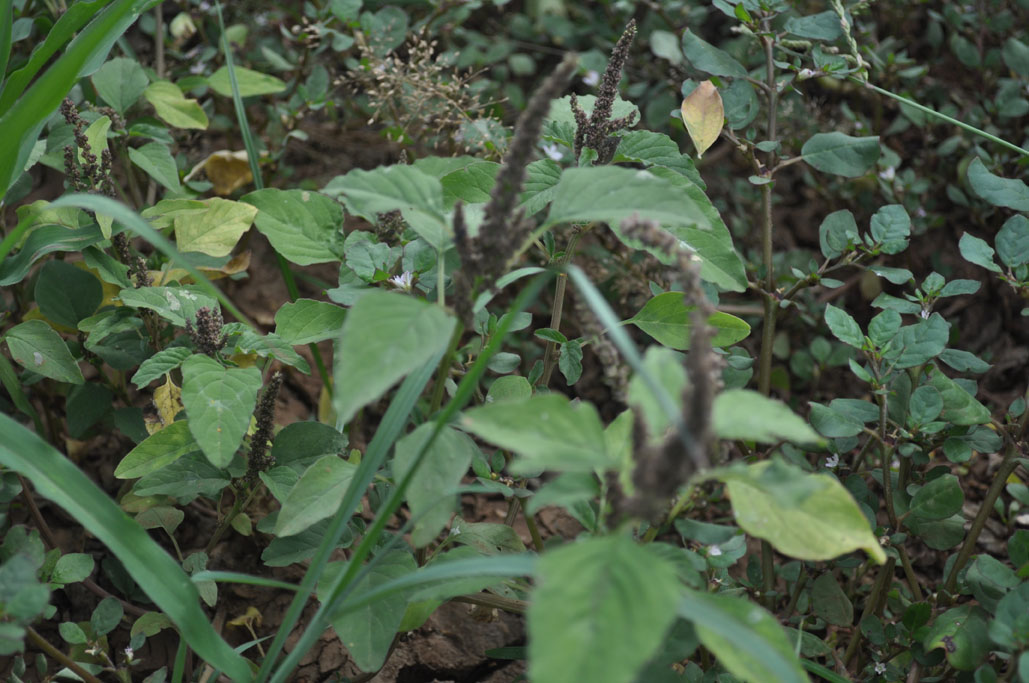Drip irrigation
The availability of water for the successful production of a good crop is an important factor. Due to the ever-increasing population and climate change, the quantity of water available in the ground is decreasing, due to which the production of crops is constantly decreasing. Drip irrigation was invented to solve this problem which has proved to be a boon for farmers. In this method, water is transported directly from the sources of plastic pipes to the roots of plants.
Advantages of Drip Irrigation –
-
Saves 60-70% of water compared to other irrigation systems.
-
Drip irrigation helps plants to provide nutrients with greater efficiency.
-
Drip irrigation can prevent losses of water (due to evaporation and leakage).
-
Water in drip irrigation is given directly in the crop roots. Due to which the surrounding soil becomes dry, weeds cannot be grown.
Like and share with other farmers by clicking on the button below
Share

